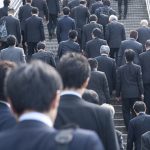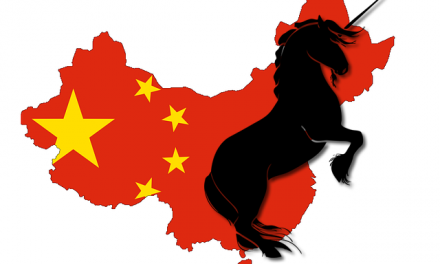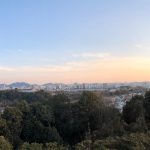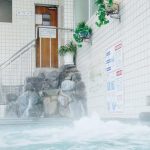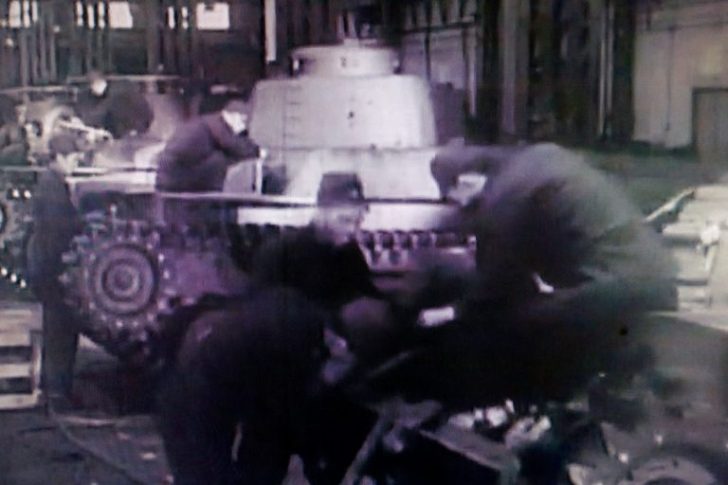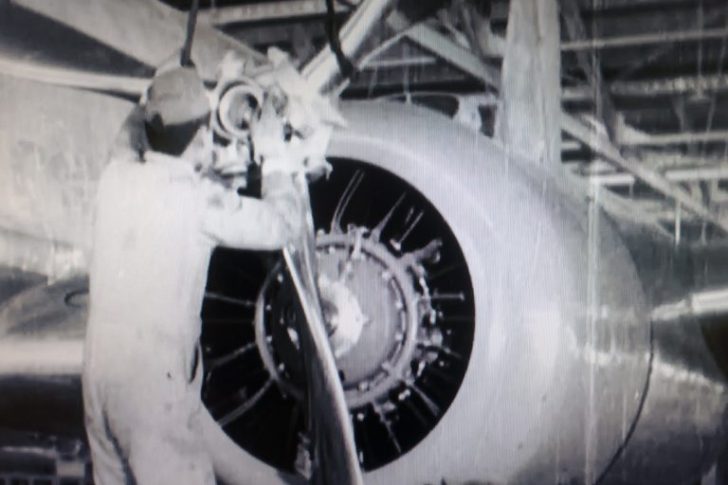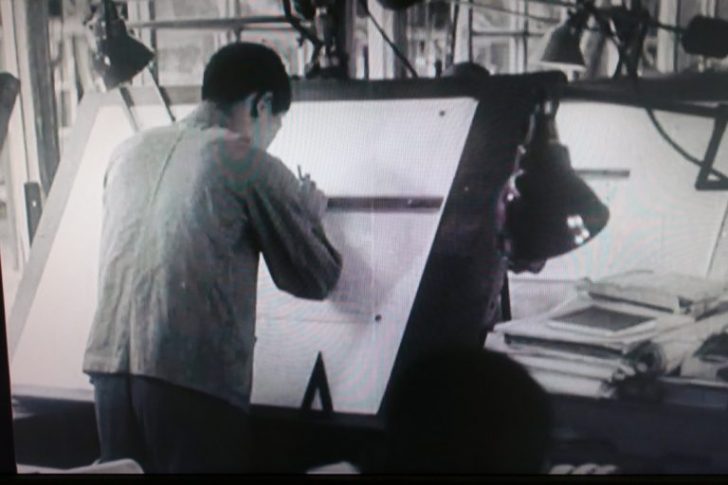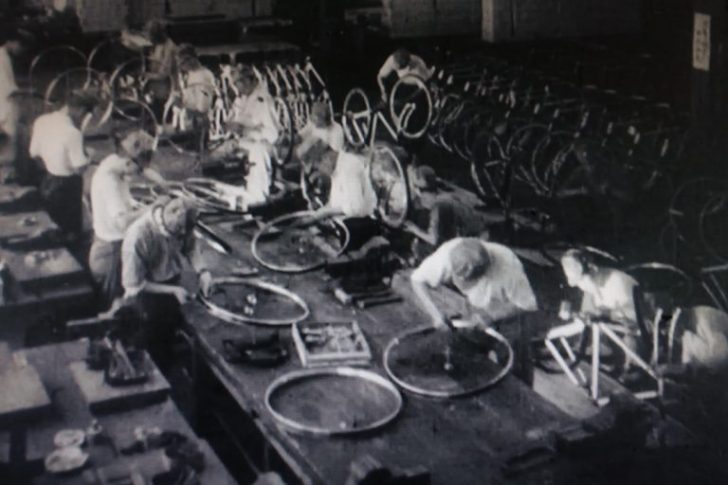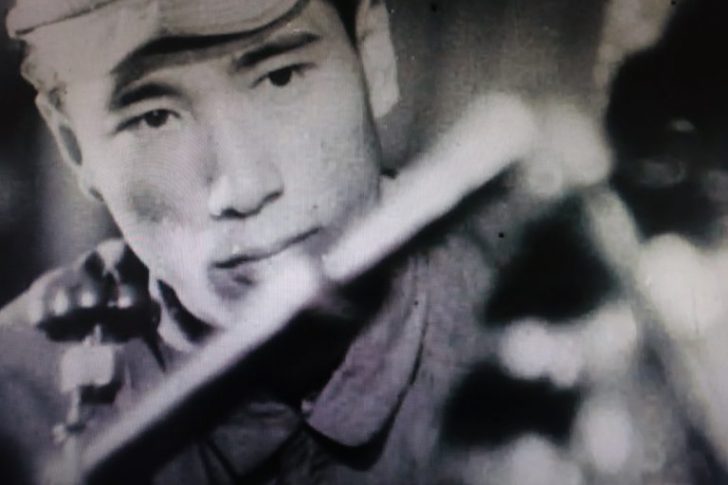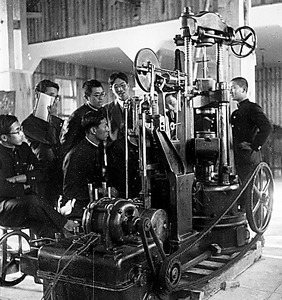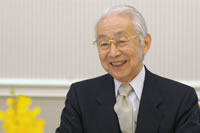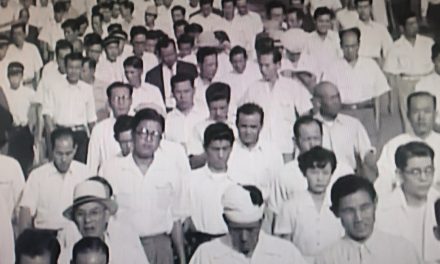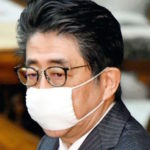
Japan’s Economic Miracle 5
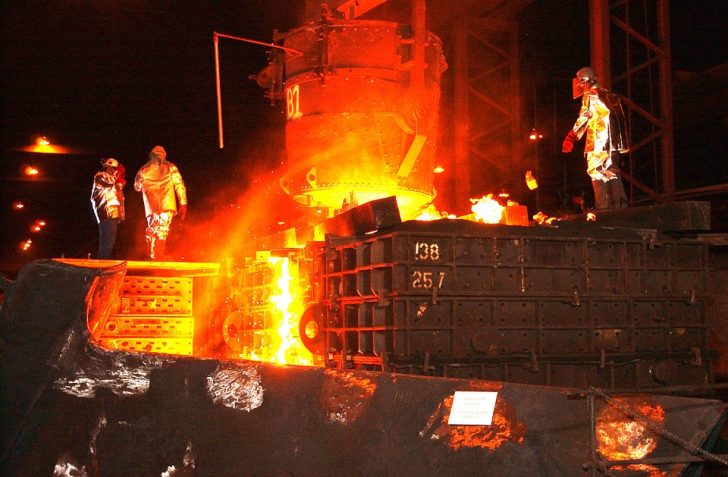
The way the bureaucracy chose for the rehabilitation was industrialization. They believed that the heavy industry would lead Japan to have higher economic growth and would be able to create
What made the bureaucracy choose the way of industrialization was the large number of engineers who worked in munitions factories during the war, and whom we might call “a heritage of the war”.
During WW2, the government was heavily geared toward training engineers and a large number of young people were learning at Educational Institutions of the Army and Universities of Engineering.
The Imperial University of Tokyo

Real engineers were teaching in the classes
During WW2, the government was heavily geared toward training engineers and a large number of young people were learning at Educational Institutions of the Army and Universities of Engineering.
The Imperial University of Tokyo, the second faculty of engineering which existed for only 9 years from 1942 to 1951 (Now it is the University of Tokyo).
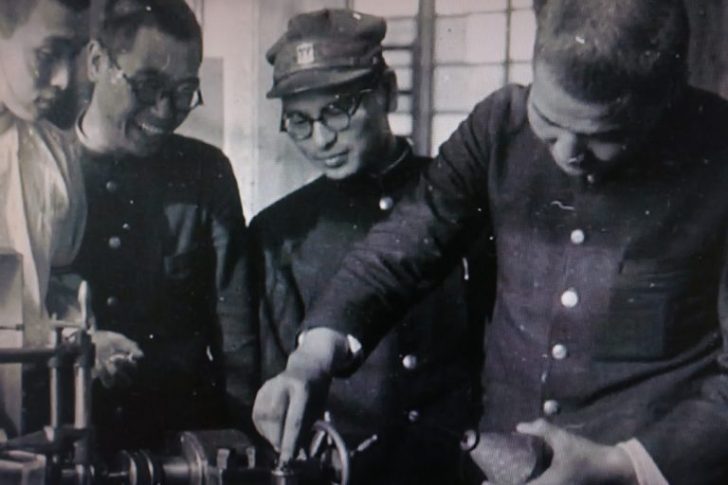
Lectures were very practical for the battle of the war
This faculty gathered the most elite students and provided the best education of engineering. This was for the accomplishment of winning the war, but was abolished right after the end of the war and was called “a war crime faculty in a vision”.
In this class, teachers were those who designed weapons and vessels. Therefore, students were able to get applied knowledge and very practical experience.
In addition, not only this
Most importantly, these students didn’t join the battle in the fields but stayed in Japan to produce weapons. At the end of the day, they all survived and became pioneers in many industries.
Alumni of the second faculty of engineering
An example of alumni of this faculty: Shoichi Kuroda
During the war, he took over a family business and he has made his company grow to be a global precision machine maker having 9 offices around the world.
His major in the faculty was the one where he was able to learn the theory for precisely making machines used for torpedoes and cannons.
During WW2, this company took full responsibility for the production of the gauge used for the bomber. After the end of the war, the high-precision technology was fully made use of the development of unique metal molds and precision machine tools needed for the production of cars.
“I learned that the most precise stuff was weapons and the technology for them was able to be applied for both weapons and medical science because the technology was used by us “humans.”
Shoichi Kuroda
Alumni of the second engineering faculty of the Imperial University of Tokyo
・Daikin Industries, Ltd., President (Chemicals)
・Mitsubishi Corporation, President (Trade)
・The Japan Steel Works, Ltd., President (Steel)
・Mitsui O.S.K. Lines, President (Shipbuilding)
・MAZDA Motor Corporation, President (Car)
・Sony, Vice-President (Electronics)
・Nissan Motor Co., Ltd., President (Car)
・Fujitsu Ltd., President (Electronics)
・Denso Corporation, President (Electronics)
・Showa Denko K.K., President (Chemicals)
・Hitachi, Ltd., President (Electronics)
・Kashima Corporation, President (Construction)
The highest pinnacle of engineering education trained students who later became capable people leading the economic growth in all kinds of industries including automobiles, electronics, shipbuilding, and so on.
The bureaucracy was aiming to accomplish heavy industrialization regarded as the most difficult task while making the most of the engineers’ great abilities who unexpectedly trained by the war.
To be continued…
Sponsored Link




